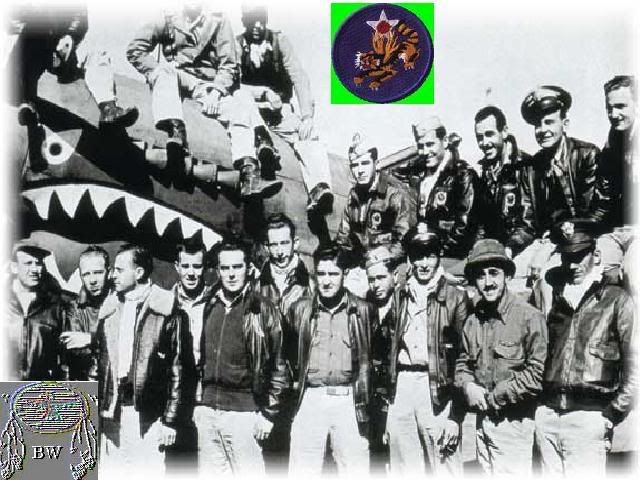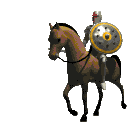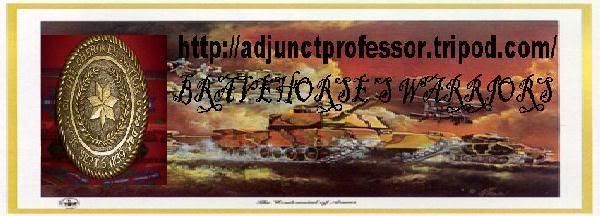Mood:
Now Playing: Wolf Moon by TYPE O NEGATIVE
 American Volunteer Group Flying Tigers Warriors Citation The AVG was largely the creation of Claire Chennault, a retired U.S. Army Air Corps captain who had become military aviation advisor to Chinese Generalissimo Chiang Kai-shek in the Sino-Japanese War. (On occasion Chennault may have piloted a plane himself, though stories that he was a combat ace are probably apocryphal.) Due to poor fighter aircraft supplied by Russia, results were not impressive, and when Russian air units were withdrawn from China in 1940, Chiang asked for American squadrons to replace them as well as permission to recruit US pilots to fly them. Since the US was not at war, this could not happen openly, but it received favorable assistance and approval from President Franklin D. Roosevelt himself. The resultant clandestine operation was organized in large part by Lauchlin Currie, a young economist in the White House, and by Roosevelt intimate Thomas G. Corcoran. (Currie's assistant was John King Fairbank, who later became America's preeminent Asian scholar.) The AVG financing was handled by China Defense Supplies, which was primarily Tommy Corcoran's creation, with funding provided by the U.S. government; purchases were then made by the Chinese under the "Cash and Carry" provision of the Neutrality Act of 1939. The port of Rangoon in Burma and the Burma Road leading from there to China were of crucial importance for the Republic of China, as the eastern regions of China were under Japanese occupation so virtually all of the foreign material destined for the armed forces of the Republic arrived via that port. By November 1941, when the pilots were trained and most of the P-40s had arrived in Asia, the Flying Tigers were divided into three squadrons: 1st Squadron (“Adam & Eves”); 2nd Squadron (“Panda Bears”) and 3rd Squadron (“Hell’s Angels”). They were assigned to opposite ends of the Burma Road to protect this vital line of communications. Two squadrons were based at Kunming in China and a third at Mingaladon near Rangoon. When the United States officially entered the war, the AVG had 82 pilots and 79 planes, though not all were combat-ready. They had their first combat on December 20, 1941, when they shot down three Japanese bombers near Kunming and damaged a fourth sufficiently that it crashed before returning to its airfield in northern Vietnam. The 3rd Squadron — 18 planes strong — defended Rangoon in December 23-25 and claimed approximately 90 planes, most of them heavy bombers. Other squadrons were rotated through Rangoon in January and February 1942. After the fall of Rangoon to the Japanese in March, the AVG was redeployed to bases in northern Burma and finally in China.The AVG was officially credited with 297 enemy aircraft destroyed, including 229 in the air, based on the Chennault papers, combat reports, and CAMCO records. Another researcher interviewed Japanese veterans that were engaged with the AVG and came up with a much lower number of victories (115) based on Japanese accounts. The AVG veterans dispute this account. From: historical accounts & records
American Volunteer Group Flying Tigers Warriors Citation The AVG was largely the creation of Claire Chennault, a retired U.S. Army Air Corps captain who had become military aviation advisor to Chinese Generalissimo Chiang Kai-shek in the Sino-Japanese War. (On occasion Chennault may have piloted a plane himself, though stories that he was a combat ace are probably apocryphal.) Due to poor fighter aircraft supplied by Russia, results were not impressive, and when Russian air units were withdrawn from China in 1940, Chiang asked for American squadrons to replace them as well as permission to recruit US pilots to fly them. Since the US was not at war, this could not happen openly, but it received favorable assistance and approval from President Franklin D. Roosevelt himself. The resultant clandestine operation was organized in large part by Lauchlin Currie, a young economist in the White House, and by Roosevelt intimate Thomas G. Corcoran. (Currie's assistant was John King Fairbank, who later became America's preeminent Asian scholar.) The AVG financing was handled by China Defense Supplies, which was primarily Tommy Corcoran's creation, with funding provided by the U.S. government; purchases were then made by the Chinese under the "Cash and Carry" provision of the Neutrality Act of 1939. The port of Rangoon in Burma and the Burma Road leading from there to China were of crucial importance for the Republic of China, as the eastern regions of China were under Japanese occupation so virtually all of the foreign material destined for the armed forces of the Republic arrived via that port. By November 1941, when the pilots were trained and most of the P-40s had arrived in Asia, the Flying Tigers were divided into three squadrons: 1st Squadron (“Adam & Eves”); 2nd Squadron (“Panda Bears”) and 3rd Squadron (“Hell’s Angels”). They were assigned to opposite ends of the Burma Road to protect this vital line of communications. Two squadrons were based at Kunming in China and a third at Mingaladon near Rangoon. When the United States officially entered the war, the AVG had 82 pilots and 79 planes, though not all were combat-ready. They had their first combat on December 20, 1941, when they shot down three Japanese bombers near Kunming and damaged a fourth sufficiently that it crashed before returning to its airfield in northern Vietnam. The 3rd Squadron — 18 planes strong — defended Rangoon in December 23-25 and claimed approximately 90 planes, most of them heavy bombers. Other squadrons were rotated through Rangoon in January and February 1942. After the fall of Rangoon to the Japanese in March, the AVG was redeployed to bases in northern Burma and finally in China.The AVG was officially credited with 297 enemy aircraft destroyed, including 229 in the air, based on the Chennault papers, combat reports, and CAMCO records. Another researcher interviewed Japanese veterans that were engaged with the AVG and came up with a much lower number of victories (115) based on Japanese accounts. The AVG veterans dispute this account. From: historical accounts & records Warriors, Places, & Events
Warriors, Places, & Events 
Posted by adjunctprofessor
at 2:51 AM EDT

